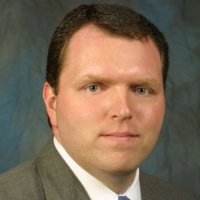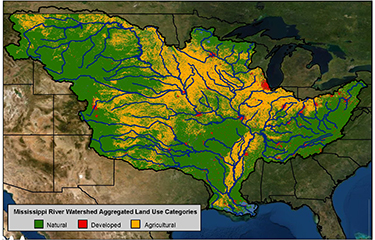The “dead zone” that appears in the Gulf of Mexico ever summer is expected to be smaller than normal this year, according to an announcement Thursday, 3 June from NOAA scientists.
This year’s hypoxic area – which features little or no oxygen to sustain marine life – is forecasted to be about 4,880 square miles, or roughly twice the size of Delaware. The five-year average for the “dead zone” is about 5,400 square miles, slightly smaller than Connecticut.
The zones are created due to the runoff of fertilizer and other nutrient pollutants that make their way into the Mississippi River, which feeds into the Gulf of Mexico. Up to 80 percent of the nitrogen that helps fuel the dead zone originates from Midwestern farms.
Those materials create large algae blooms. As the algae dies and sinks to the floor, it robs the water of oxygen. While fish and crabs can escape from the oxygen-depleted area, other living objects that cannot may face death.
NOAA National Ocean Service Acting Director Nicole LeBoeuf said the agency’s research has focused on understanding the zone’s impact on the Gulf.
“These forecasting models inform us of the potential magnitude of the Gulf of Mexico hypoxic zone that might impact living marine resources and coastal economies,” LeBoeuf said.
The “dead zone” has had a lasting impact on fisheries in the region. According to study from the Union of Concerned Scientists, the average annual impact is USD 2.4 billion (EUR 2 billion).
While Thursday’s forecasted zone is significantly smaller than the largest one on record, the 2017 zone amassed nearly 8,800 square miles, the scientist group still express concern about its size.
The 5,400-square-foot average is roughly three times the size of what the Hypoxia Task Force wants the zone to be by 2035.
“The size of the dead zone has not meaningfully changed in 30 years. Until states and the federal government clean up the sources of nitrogen upstream, the dead zone will continue to plague Gulf Coast communities,” UCS economist Rebecca Boehm said in a statement.
Image courtesy of NOAA







